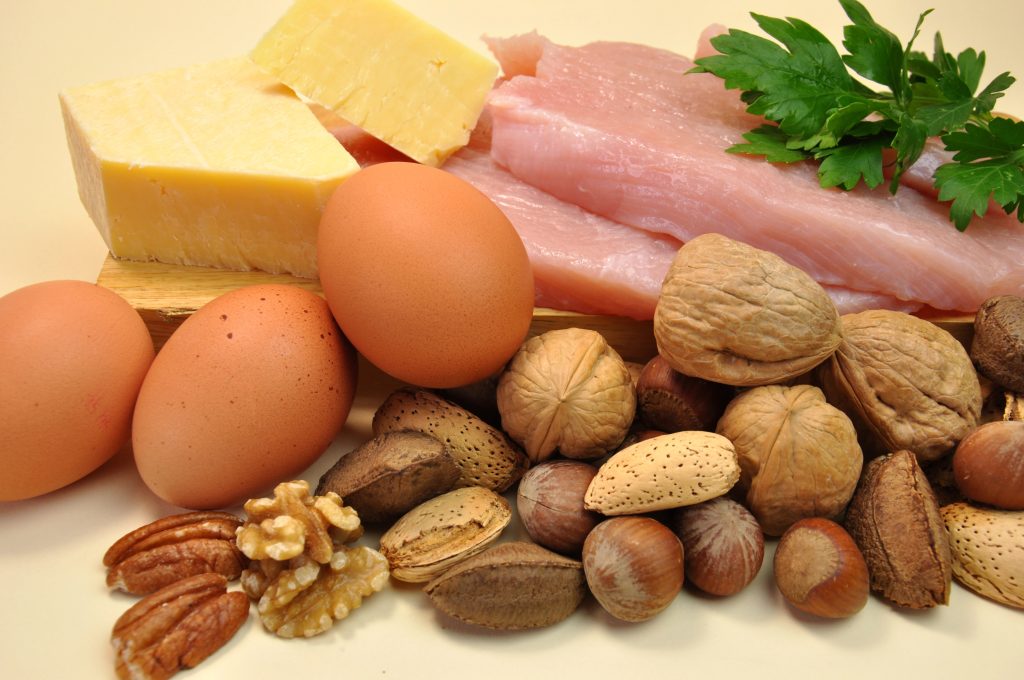
“Abs are made in the kitchen.” It’s a catchphrase thrown around in gyms, but there’s some actual science to it. While your hours of gym time shape your body, what you put on your plate can either enhance or destroy your muscle gains. If you’re killing sets but not getting the gains you want, perhaps it’s time to give your nutrition the same respect as your deadlift form. The truth? Building muscle is a body-wide endeavor, and food is your not-so-secret agent. This book isn’t merely about what to eat it’s about when to eat, how to eat, and which evidence-based techniques will get you stronger and recover faster, session after session. Ready to level up your muscle game? Here’s the inside scoop on the top foods and nutrition secrets to power your progress.

1. Eggs: The Muscle-Building MVP
Eggs have been a long-time favorite among those pursuing gains, and for good reasons. They contain high-quality protein and all nine essential amino acids, including a significant amount of leucine, the amino acid that turns the key on muscle protein synthesis. Don’t leave out the yolk! As Prevention explains, the yolk has approximately 40% of the egg’s entire protein, along with nutrients such as phospholipids and phosphatidic acid that have the potential to fuel muscle growth (the yolk has approximately 40% of the egg’s entire protein). Research indicates that consuming entire eggs after exercising would be more beneficial towards muscle protein synthesis compared to egg whites alone. Scrambled, hard-boiled, or whipped into an omelet eggs are convenient, budget-friendly, and infinitely adaptable.
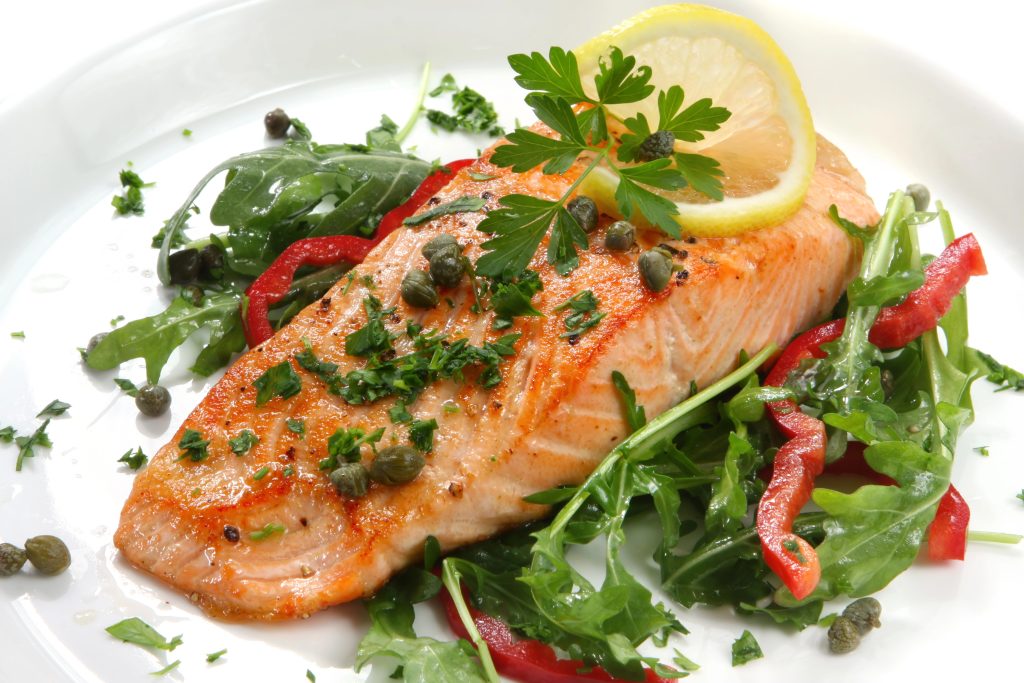
2. Salmon and Tuna: Protein and Omega-3 Powerhouses
Salmon and tuna are more than lean sources of protein both are loaded with omega-3 fatty acids, which have anti-inflammatory properties and also assist with muscle recovery. A study determined that consumption of fish two times per week enhanced the muscle mass and function in 50- to 85-year-old adults (eating fish twice a week improved muscle mass). Salmon provides some 17 grams of protein per 3-ounce serving, while tuna is almost 20 grams. Omega-3s can also reduce age-associated muscle loss, so these fish are a necessity for lifters of any age. Grill, broil, or add them to salads for a muscle-building meal.

3. Greek Yogurt and Cottage Cheese: Dairy’s Double Whammy
Greek yogurt and cottage cheese are the dynamic duo of dairy when it comes to muscle building. Both are packed with casein and whey the slow- and fast-digesting proteins that sustain muscle protein synthesis throughout the day. Greek yogurt has double the protein of regular yogurt and includes gut-friendly probiotics, whereas cottage cheese is a casein superstar, perfect for late-night muscle repair. Studies demonstrate that taking 40–48 grams of casein before going to sleep can enhance overnight muscle recovery and growth (taking 40–48 grams of casein before sleep). Top with berries or nuts for a snack as tough as you are.
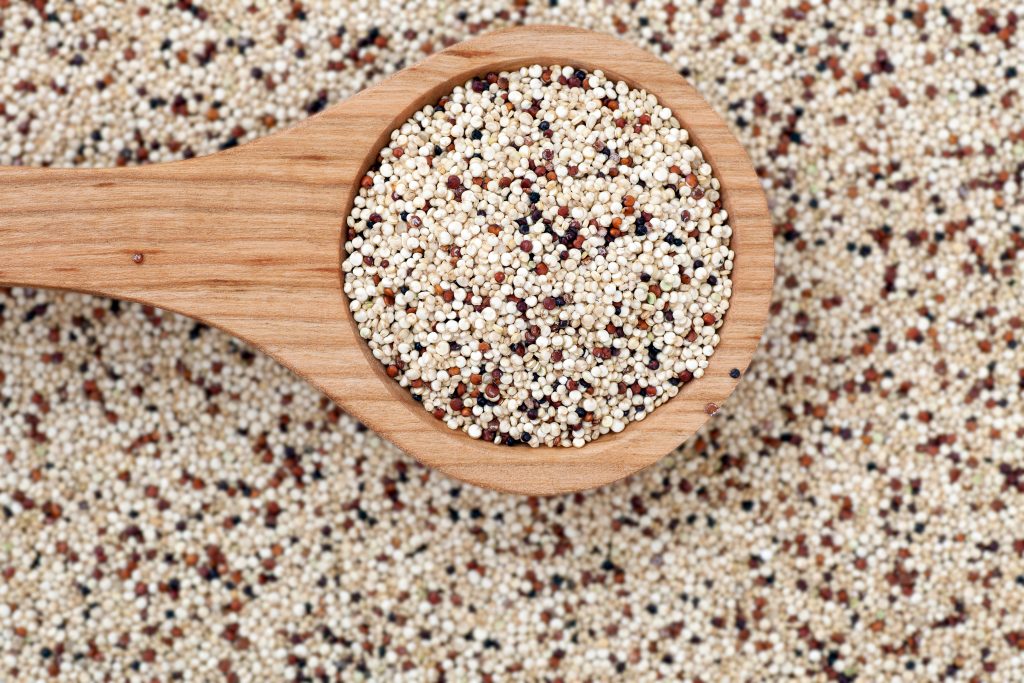
4. Quinoa: The Plant-Based Protein Superfood
Quinoa is a plant-based powerhouse that qualifies as a superfood. It’s one of the only grains that’s a complete protein, with all nine essential amino acids, along with a good dose of fiber, vitamins, and minerals. One cooked cup of quinoa provides approximately 8 grams of protein and 40 grams of carbohydrates a power couple for muscle fuel and recovery (One cooked cup of quinoa provides approximately 8 grams of protein). Its complex carbohydrates replenish glycogen stores after exercise, and its magnesium concentration aids muscle function. Bonus: quinoa is gluten-free and simple to incorporate into salads, bowls, or stir-fries.
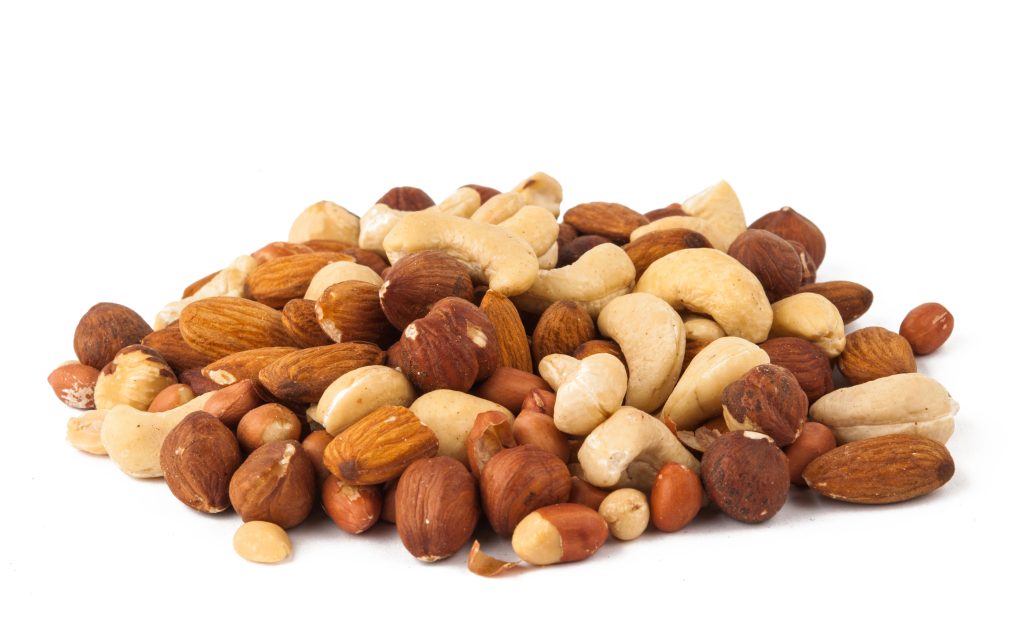
5. Almonds and Nuts: The Balanced Snack for Gains
Almonds and walnuts are more than a crunchy snack, they’re a combination of protein, healthy fats, and fiber that keep you feeling full and assist with muscle repair. Almonds specifically have been proven to decrease post-exercise soreness and enhance recovery in middle-aged adults (reduce post-exercise soreness and improve recovery). Just watch portion sizes, as nuts are high-calorie. A handful will power your workout and satisfy your protein needs for the day.
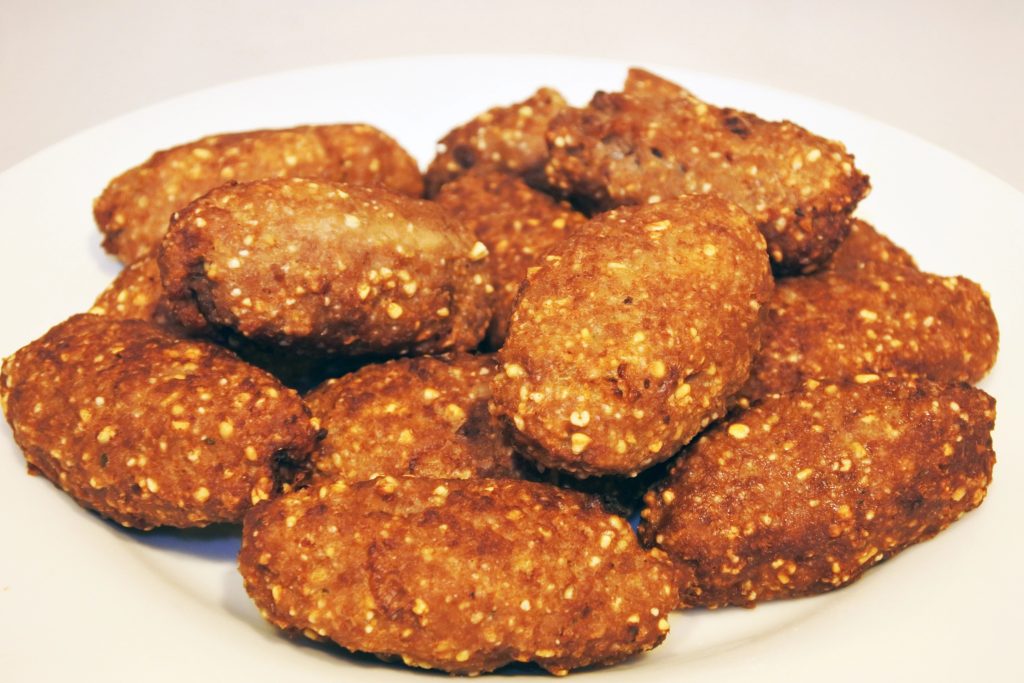
6. Chicken and Lean Beef: Timeless Muscle Fuel
Chicken breast and lean beef cuts are staples for anyone committed to muscle. Chicken supplies around 27 grams of protein per 3-ounce serving, along with B vitamins that assist in converting food to energy for your challenging training sessions (roughly 27 grams of protein per 3-ounce serving). Lean beef provides protein, iron, and creatine to the mix nutrients that help with muscle growth, strength, and recovery. For variety, swap in turkey or pork tenderloin, both of which are high in protein and low in fat.

7. Soy, Tofu, and Edamame: Plant-Based Muscle Builders
If you’re looking to build muscle on a plant-based diet, soy-based foods like tofu and edamame are your best friends. Soy is a complete protein, and research indicates that soy protein can improve muscle size and strength, particularly in individuals with limited physical activity (soy protein improves muscle size and strength). Edamame is also high in folate and magnesium, with benefits to overall muscle function. Add tofu to stir-fries or munch on steamed edamame for a muscle-friendly snack.

8. Timing Is Everything: When to Eat for Maximum Muscle
What you eat is important, yet when you eat can amp up your outcomes. Specialists suggest refueling with a combination of carbs and protein 1–4 hours prior to your exercise routine to optimize energy and prepare your muscles to grow (refueling with a combination of carbs and protein 1–4 hours prior to your exercise routine). After exercising, try to eat in an hour your muscles are most open to nutrients at this time. While the so-called “anabolic window” isn’t as narrow as once thought, consuming 15–30 grams of protein and some carbs after training helps jumpstart recovery and muscle building (consuming 15–30 grams of protein and some carbs after training).
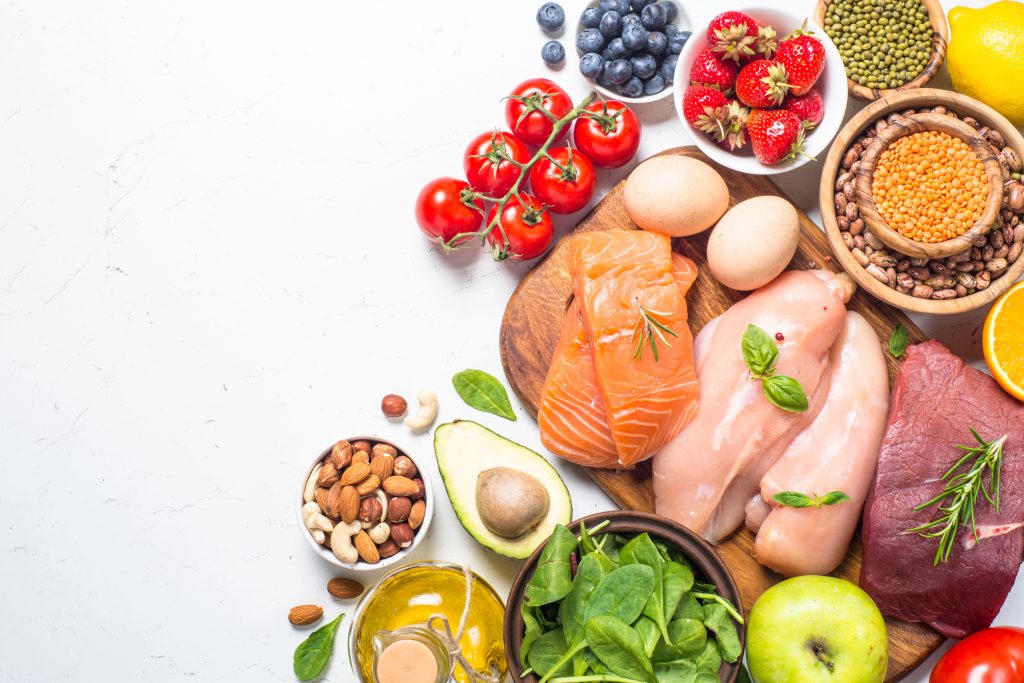
9. Macros Matter: Get the Right Balance
Counting macros isn’t just for bodybuilders it’s a smart way to make sure you’re getting the right mix of protein, carbs, and fats to support muscle growth. Protein for most active individuals should fall in the range of 1.6–2.2 grams per kilogram of body weight, and carbs in the range of 4–7 grams per kilogram (protein in the range of 1.6–2.2 grams per kilogram). Fats complete your energy requirements and assist in hormone production. Employ a macro calculator or app to fine-tune your figures, and refine as training changes.
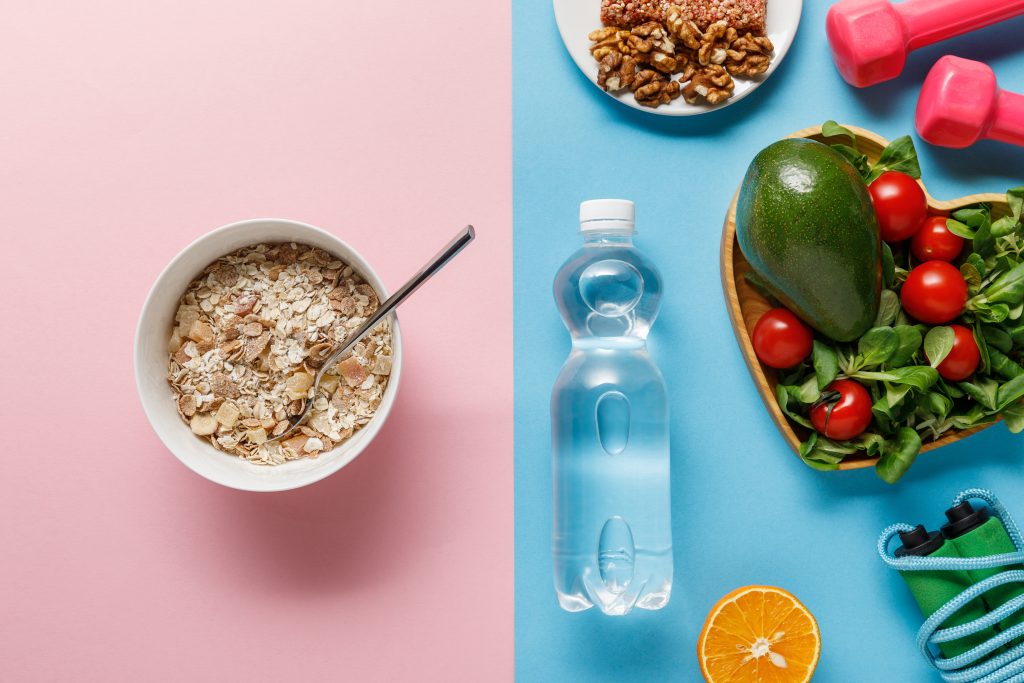
10. Don’t Forget Hydration and Micronutrients
Water is often overlooked, but dehydration can zap your performance and slow recovery. Aim for clear or pale yellow urine as a sign you’re hydrated (dehydration can zap your performance and slow recovery). Micronutrients like magnesium, zinc, and vitamin D are also crucial for muscle function and repair. A colorful, whole-foods-based diet usually covers your bases, but pay attention to your intake if you’re training hard or sweating a lot.
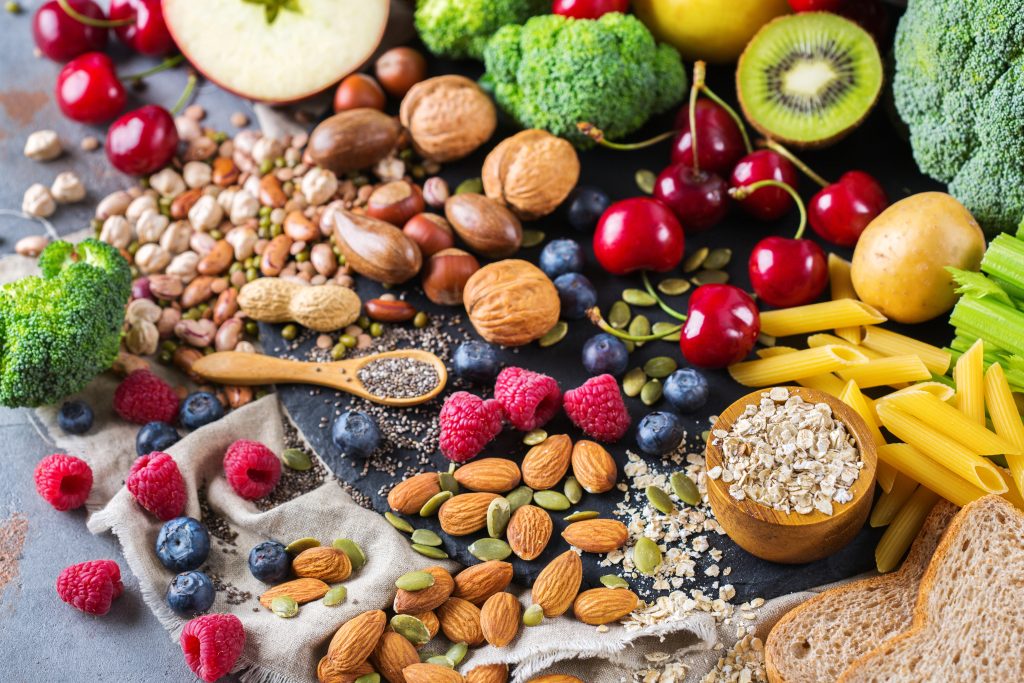
11. The Power of Recovery Nutrition
Muscle isn’t gained in the gym it’s gained during rest. Mixing carbs and protein in a 4:1 ratio post-difficult sessions can accelerate glycogen recharge and muscle recovery (Mixing carbs and protein in a 4:1 ratio post-difficult sessions). Greek yogurt with fruit, a turkey wrap, or a recovery shake with protein powder and oats are all champion choices. Don’t cut back on sleep, either your muscles require rest to grow.
Gaining muscle is not about pursuing every fad diet or subsisting on bland, repetitive food. It’s about discovering the foods and techniques that work for you, complement your training, and keep you feeling good. Whether you’re a plant-based competitor or a steak-and-eggs fanatic, the secret is consistency, balance, and a dash of nutritional intelligence. Armed with these research-proven tricks, you’re ready to fuel your next session and every subsequent gain.


